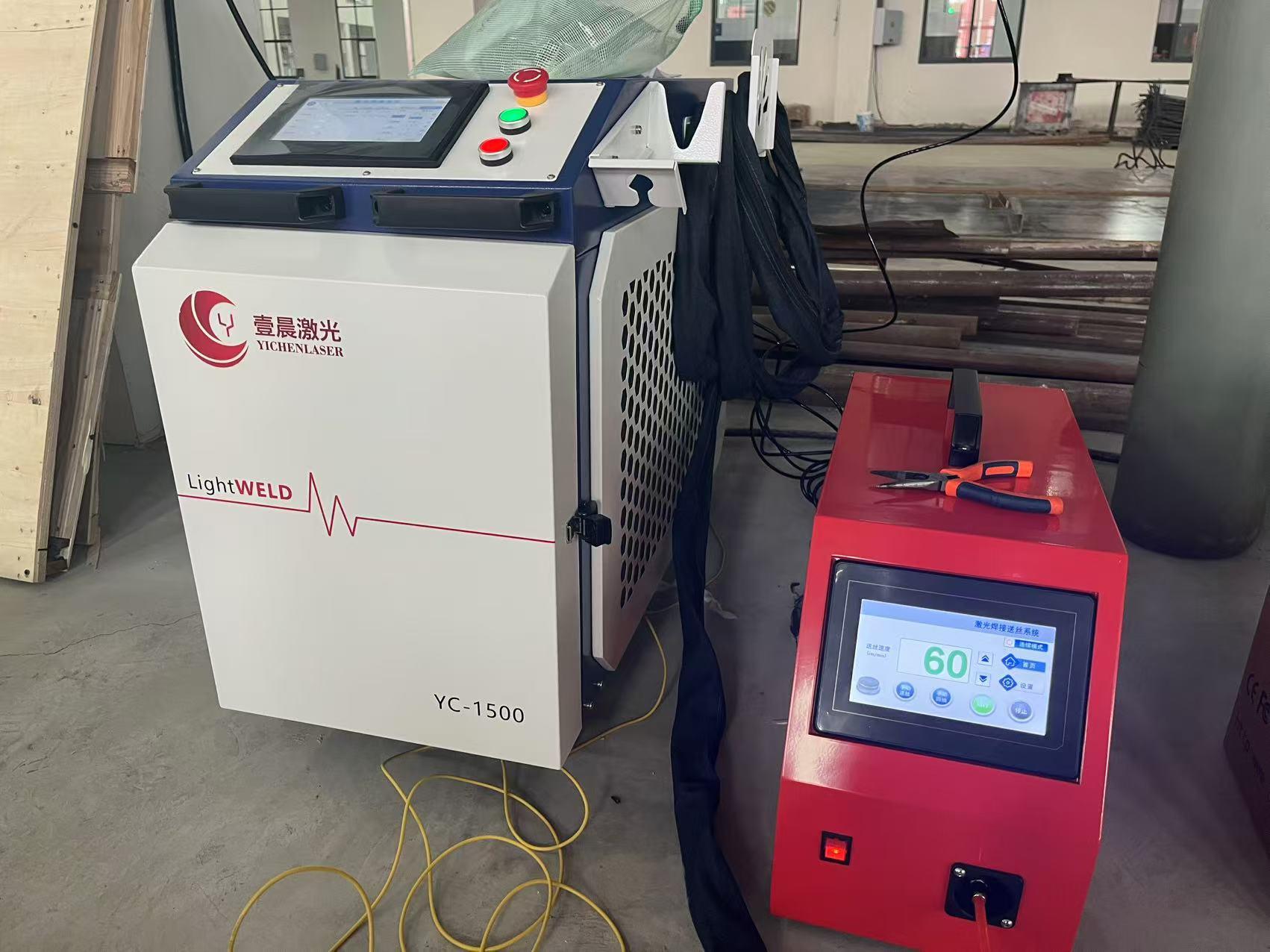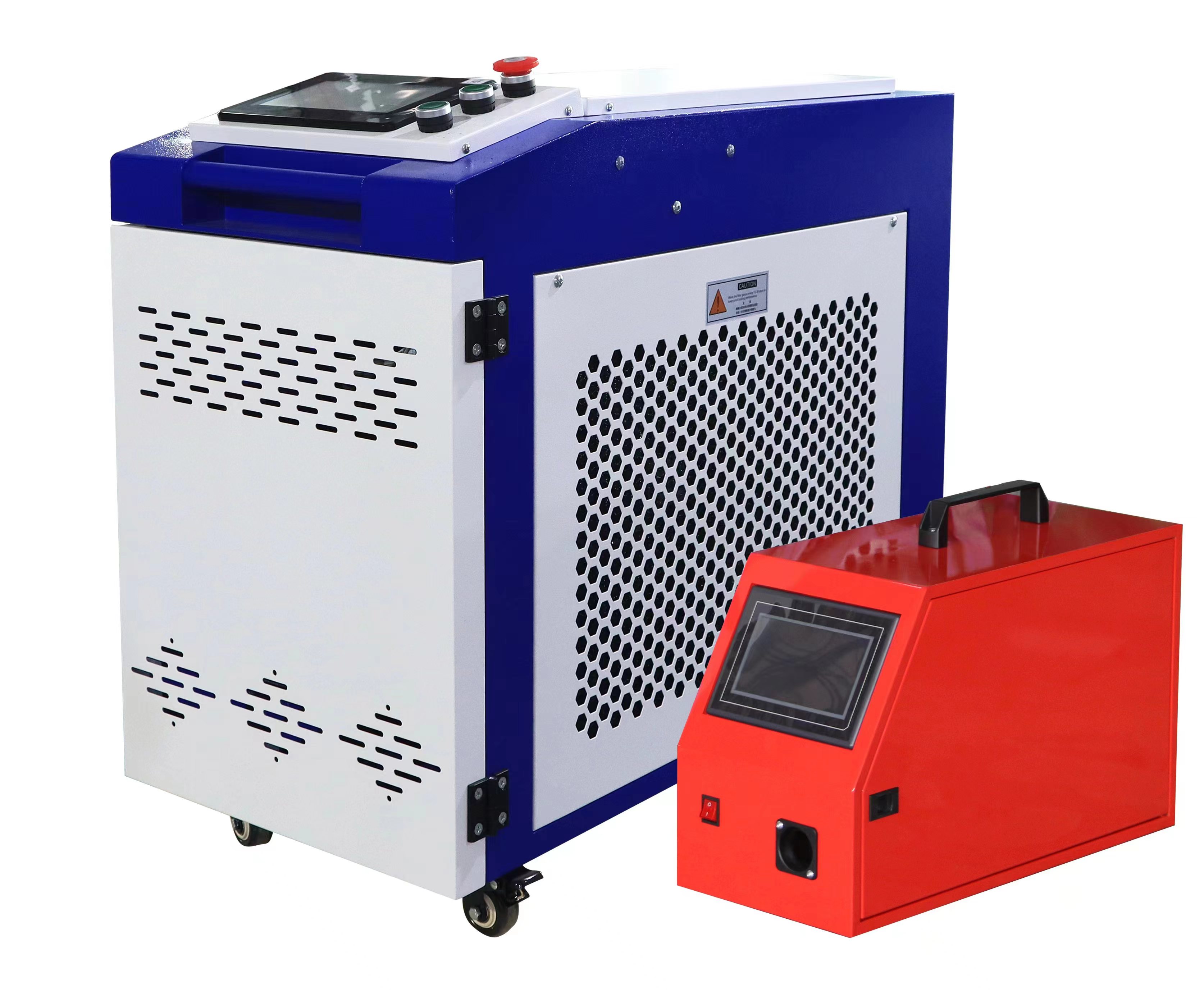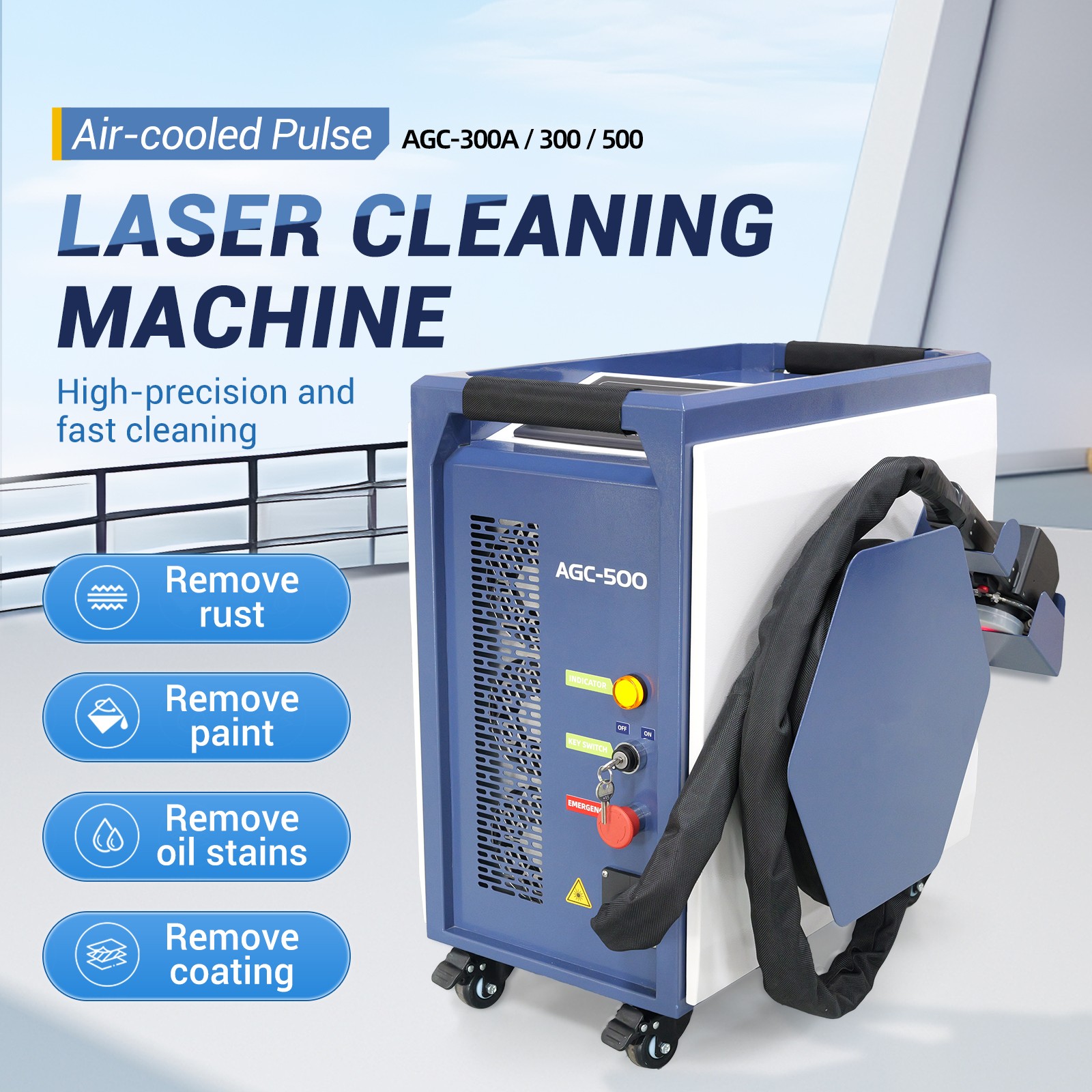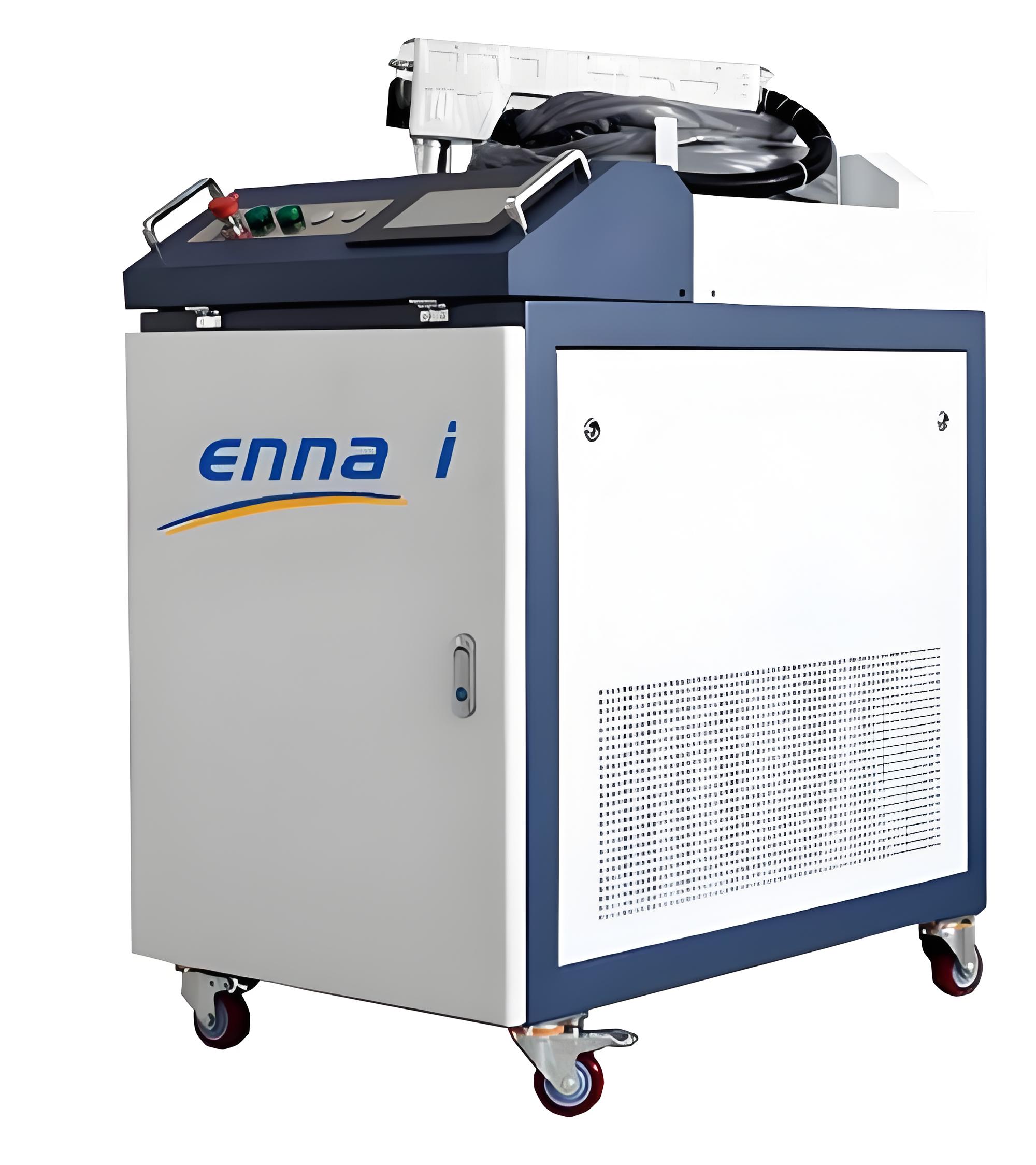Having spent over a decade working with surface preparation technologies in industries ranging from automotive to maritime, I’ve seen the unique challenges that shipbuilding and repair present. Rust is a relentless enemy in this field, eating away at hulls, decks, and intricate components, threatening both safety and longevity. When I first heard about laser rust removal being used in shipyards, I was intrigued but skeptical—could a beam of light really tackle the heavy corrosion found on massive steel structures exposed to saltwater? After years of testing and implementing laser systems in maritime settings, I can confidently share my insights on whether laser rust removal lives up to the hype in the shipbuilding industry. Let’s dive into its effectiveness, advantages, limitations, and practical applications.

The Rust Challenge in Shipbuilding
Ships operate in some of the harshest environments on Earth—saltwater, humidity, and constant exposure accelerate corrosion. Rust weakens steel, compromises structural integrity, and demands regular maintenance to meet safety standards like those set by the International Maritime Organization (IMO). Traditional rust removal methods like sandblasting, grinding, or chemical treatments have long been the go-to, but they come with drawbacks like mess, environmental concerns, and labor intensity. I’ve seen shipyard workers spend days blasting rust off a single hull section, only to deal with cleanup and disposal headaches afterward.
Laser rust removal promises a cleaner, more precise alternative. But does it deliver in the rugged world of shipbuilding? Let’s break it down based on my experience and observations in the field.
How Laser Rust Removal Works
Laser rust removal uses high-intensity laser beams to vaporize rust, oxides, and contaminants from metal surfaces. The laser targets the rust layer, which absorbs the energy and is ablated (turned into gas or dust), leaving the base metal intact. Unlike abrasive methods, it’s non-contact, produces minimal waste, and doesn’t require consumables like sand or chemicals. In shipbuilding, where surfaces range from massive hull plates to delicate engine components, this precision is a big draw.
I first encountered laser cleaning on a drydock project restoring a cargo ship’s hull. The laser stripped rust in minutes, leaving a gleaming surface that looked almost too good to be true. But effectiveness isn’t just about speed—it’s about reliability, scalability, and compatibility with shipyard needs.
Effectiveness of Laser Rust Removal in Shipbuilding
After working with laser systems across multiple shipyard projects, I’ve found that their effectiveness depends on several factors: the type of rust, the metal involved, the scale of the job, and the subsequent processes like coating or welding. Here’s a detailed look:
1. Rust Removal Efficiency
Laser rust removal is highly effective at eliminating rust and oxides from steel, aluminum, and other metals common in shipbuilding. It excels at removing surface rust, light corrosion, and even old coatings like paint or epoxy. In one project, we used a 200W pulsed laser to clean a rusted propeller shaft, achieving a SA 2.5 cleanliness level (near-white metal, per ISO 8501-1) in under an hour—faster than sandblasting and with no media to clean up.
For heavy, pitted rust, lasers can still work but require more time and power. In such cases, I’ve seen hybrid approaches—using lasers for surface cleaning followed by mechanical methods for deep pitting—yield excellent results.

2. Surface Preparation for Coatings
Shipbuilding relies heavily on protective coatings to prevent future corrosion. Laser cleaning produces a clean, contaminant-free surface, ideal for paint or epoxy adhesion. Unlike sandblasting, which can embed grit, or chemicals, which may leave residues, lasers remove rust, grease, and salts without introducing foreign materials. This is critical for meeting standards like NACE/SSPC for coating preparation.
However, lasers often leave a smoother surface than abrasive blasting, which can affect adhesion for some coatings. In a ship repair job, we noticed that a laser-cleaned hull section required a light abrasive sweep to create a rougher profile for a thick epoxy coating. With the right primer (e.g., etch or zinc-rich), though, laser-cleaned surfaces can achieve excellent adhesion.
3. Precision for Complex Components
Ships have intricate parts—piping, engine components, and welds—that are hard to clean with traditional methods without risking damage. Lasers shine here. Their non-contact nature allows precise cleaning of delicate areas without removing material or altering dimensions. I’ve used lasers to clean rust from valve assemblies in a ship’s engine room, preserving threads and seals that sandblasting would have damaged.
4. Environmental and Safety Benefits
Shipyards face strict environmental regulations, like those from the EPA or MARPOL, for waste disposal and worker safety. Laser cleaning is eco-friendly, producing minimal waste (mostly dust, easily vacuumed) and no chemical runoff. It also reduces health risks from silica dust or toxic fumes associated with blasting or chemicals. In one shipyard, switching to lasers cut waste disposal costs by 30% and improved worker safety by eliminating abrasive media exposure.
5. Scalability for Large Surfaces
While lasers are fantastic for small or intricate areas, large surfaces like hulls pose challenges. High-power lasers (e.g., 1000W) can handle bigger jobs, but they’re slower than sandblasting for vast areas. In a bulk carrier repair, we used a 500W laser for targeted rust spots on the hull, but sandblasting was faster for the entire surface. For large-scale jobs, lasers are often paired with other methods to balance speed and precision.

Comparing Laser Rust Removal to Traditional Methods
To gauge laser effectiveness, it’s helpful to compare it to standard shipyard methods. Here’s a table based on my field observations:
| Method | Effectiveness | Environmental Impact | Speed (Large Areas) | Precision |
|---|---|---|---|---|
| Laser Rust Removal | High (surface rust) | Low (minimal waste) | Moderate | Excellent |
| Sandblasting | High (all rust types) | High (dust, media waste) | Fast | Moderate |
| Chemical Stripping | Moderate | High (chemical runoff) | Moderate | Low |
| Grinding/Wire Brushing | Moderate | Moderate (debris) | Slow | Low |
Lasers stand out for precision and environmental benefits but may not match sandblasting’s speed for massive surfaces.
Practical Applications in Shipbuilding
Laser rust removal has proven effective across various shipbuilding and repair tasks:
Hull Maintenance: Cleaning rust from hull plates before recoating, especially in drydock.
Engine Room Components: Removing corrosion from pipes, valves, and fittings without disassembly.
Weld Preparation: Cleaning weld areas to ensure strong, defect-free joints.
Restoration Projects: Preserving historic ships by cleaning ornate or delicate metalwork.
Ballast Tanks: Removing rust in confined spaces where blasting is impractical.
In a recent project, we used a 300W laser to clean rust from a ship’s ballast tank interior. The confined space made sandblasting hazardous, but the laser, paired with a vacuum system, completed the job safely and efficiently.

Limitations and Challenges
While laser rust removal is effective, it’s not a cure-all. Here are challenges I’ve encountered:
Speed on Large Areas: Lasers are slower than sandblasting for expansive surfaces like hulls. For a 500-square-meter deck, sandblasting might take 8 hours, while a 500W laser could take 12–16 hours.
Initial Cost: Laser systems range from $20,000 to $200,000, a steep upfront investment compared to blasting equipment. However, lower operating costs (no media, less labor) can offset this over time.
Heavy Rust: Deeply pitted rust requires higher power or multiple passes, increasing time and cost.
Operator Training: Lasers require skilled operators to adjust settings for different metals and rust levels. I’ve seen improper settings cause surface oxidation, affecting subsequent coatings.
Power Requirements: High-power lasers need robust electrical setups, which can be a hurdle in remote shipyards.
In one case, a client tried using a low-power laser (50W) on heavily rusted hull plates, resulting in slow progress and frustration. Switching to a 500W system and combining it with spot blasting for pitted areas turned the project around.
Practical Tips for Using Laser Rust Removal in Shipyards
Based on my experience, here’s how to maximize effectiveness:
Choose the Right Laser Power: For small components, a 100–200W pulsed laser works well. For hulls or large structures, opt for 500–1000W continuous or pulsed systems.
Adjust Settings for Metal Type: Use lower power and higher pulse frequencies for aluminum to avoid overheating; higher power for steel with heavy rust.
Combine Methods for Large Jobs: Use lasers for precision areas and sandblasting for broad surfaces to balance speed and quality.
Vacuum Dust Immediately: Laser cleaning produces fine rust dust, which can settle and cause flash rust. Use an integrated vacuum system during cleaning.
Prep for Coatings: If painting, test the surface profile. Add a light abrasive sweep if needed for thicker coatings.
Train Operators: Ensure staff are trained on laser settings and safety protocols, including eye protection and ventilation.
Maintain Equipment: Regularly clean laser optics and check cooling systems to ensure consistent performance.

Cost and Efficiency Benefits
Laser rust removal can save money in the long run. In a shipyard project cleaning 200 square meters of hull, laser cleaning cost $5000 (equipment rental and labor) versus $7000 for sandblasting (including media and disposal). Lasers also reduced downtime, as no media cleanup was needed. For a typical drydock job, lasers can cut maintenance time by 10–20% for precision tasks.
Additionally, lasers support sustainability goals. Shipyards face pressure to reduce environmental impact, and lasers align with regulations by minimizing waste and emissions. One client reported easier compliance with local environmental laws after adopting lasers, avoiding hefty fines.
Safety Considerations
Lasers are safe when used correctly but require precautions:
Eye Protection: Laser beams can cause retinal damage. Always use laser-safe goggles rated for the system’s wavelength.
Ventilation: Dust from laser cleaning can irritate lungs. Use extraction systems or respirators in confined spaces.
Electrical Safety: High-power lasers require stable 220–400V circuits. Ensure proper grounding to avoid shocks.
Fire Risk: Vaporized rust can ignite in rare cases. Keep a fire extinguisher nearby, especially when cleaning oily surfaces.
In a shipyard I consulted for, improper eye protection led to a near-miss incident. After implementing mandatory training and safety gear, the issue was resolved.
Real-World Success Stories
I’ve seen lasers shine in several shipbuilding projects:
Cargo Ship Hull: A 500W laser cleaned rust from a 100-meter hull section in 10 hours, compared to 15 hours for sandblasting, with no media disposal costs.
Naval Vessel Pipes: Lasers cleaned intricate piping in an engine room, preserving seals and reducing downtime compared to manual grinding.
Historic Ship Restoration: A 100W laser restored rusted decorative railings on a museum ship, preserving fine details that blasting would have damaged.
These cases show lasers’ versatility, from large-scale repairs to delicate preservation work.

Conclusion
Laser rust removal is a powerful tool in the shipbuilding industry, offering exceptional cleanliness, precision, and environmental benefits. It’s highly effective for removing surface rust, preparing surfaces for coatings, and cleaning complex components, though it may need to be paired with other methods for heavy rust or large areas. My years in the field have shown me that lasers can transform shipyard maintenance when used strategically—saving time, reducing waste, and improving safety. If you’re considering lasers for your shipyard, start with a pilot project on a small area, fine-tune settings, and train your team. With the right approach, laser rust removal can be a game-changer for keeping ships in top shape.
Related Questions and Answers
Q: Is laser rust removal faster than sandblasting in shipbuilding?
A: For small or intricate areas, lasers can be faster due to minimal setup and cleanup. For large hulls, sandblasting is generally faster, but lasers save time on waste disposal.
Q: Can lasers remove heavy, pitted rust on ship hulls?
A: Yes, but it’s slower for deep rust. High-power lasers (500W+) work best, or combine lasers with spot blasting for pitted areas.
Q: Does laser cleaning affect steel’s strength in ships?
A: With proper settings, no. Pulsed lasers minimize heat buildup, preserving steel’s properties. Always test on a sample to avoid overheating thin or sensitive metals.
Q: Are lasers cost-effective for shipyard rust removal?
A: Upfront costs are high, but lasers save on media, disposal, and labor. For a 200-square-meter job, lasers can save 20–30% compared to sandblasting.
Q: What safety gear is needed for laser rust removal in shipyards?
A: Laser-safe goggles, respirators for dust, and proper ventilation are essential. Ensure operators are trained, and keep fire extinguishers nearby for oily surfaces.






